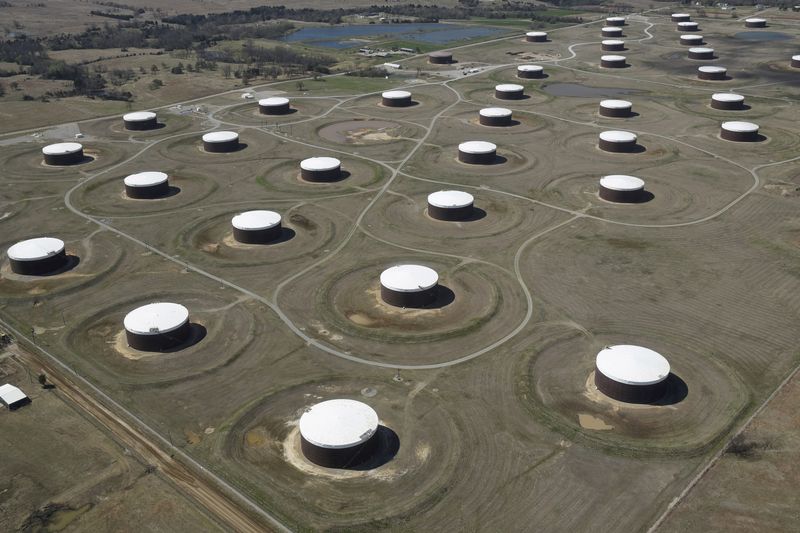LONDON – Global oil consumption is set to return to pre-pandemic levels by the first quarter of 2022, driven by a strong expansion in global manufacturing and freight transport as well as the gradual re-opening of major economies.

Booming consumption from miners, manufacturers, shipping and trucking firms, as well as private motorists, is expected to offset the continued loss of jet fuel consumption from quarantine restrictions on passenger aviation.
Global liquids consumption (including biofuels) is forecast to reach 100.6 million barrels per day (bpd) in March 2022, according to the U.S. Energy Information Administration (EIA).
For the first time since the onset of the epidemic, consumption will surpass the level for the corresponding month in 2019 (“Short-term energy outlook”, EIA, June 8).
Global consumption will have bounced back in less than two years, after falling by almost 20% or 20 million bpd at the worst point of the epidemic and lockdowns in April 2020.
The remarkable recovery in economic activity and oil consumption is mostly the result of a rapid deployment of effective vaccines in Europe and North America and strict quarantine controls in China and other parts of Asia.
In wealthier economies, ultra-low interest rates, unprecedented government spending, and generous support for businesses and households have also helped heal the oil market far quicker than seemed likely at the height of the epidemic.
But in the five years before the coronavirus, global consumption was growing at an annual rate of just over 1% or a little over 1 million b/d per year.
Even after the expected strong rebound, global consumption is still expected to be more than 2% or 2 million b/d below its pre-epidemic trend at the end of 2022.
The gap between forecast and pre-epidemic trend consumption is an indication of the long-term scarring caused by the coronavirus and associated infection controls.
In effect, the epidemic will have cost the oil industry about 30 months of ordinary output growth, which must be offset by lower prices to stimulate consumption and restrain production, or deliberate restraint by OPEC+, U.S. shale firms and other producers.
In this context, the rise in Brent prices (now around $75 per barrel) to well above the pre-epidemic five-year average ($58) is a measure of how far producers are willing to withhold output to secure higher revenues, even as consumption remains well below the pre-epidemic trend.
[contextly_sidebar id=”STQMYsotxaY1KTXgGP3E2OI7CF0pr2h8″]



